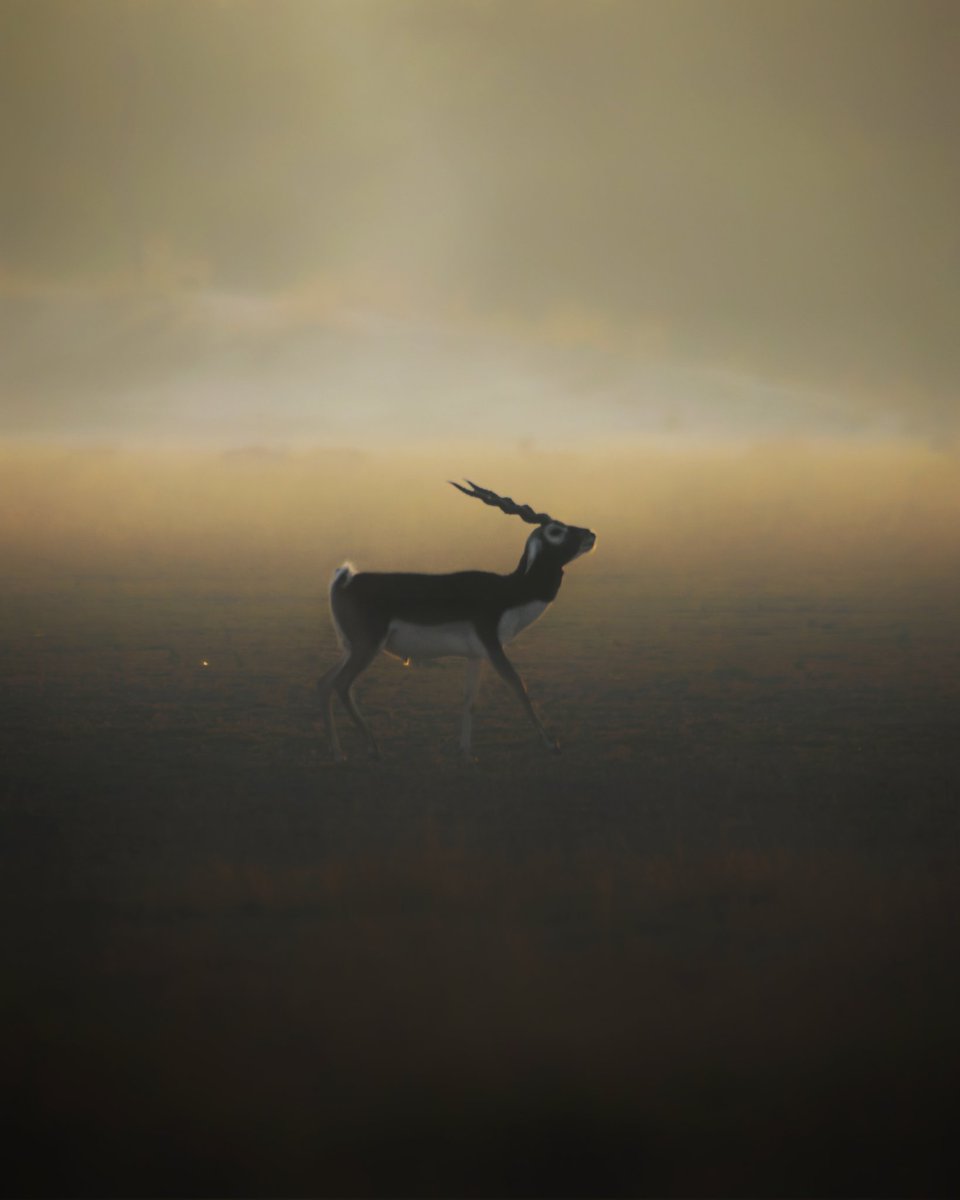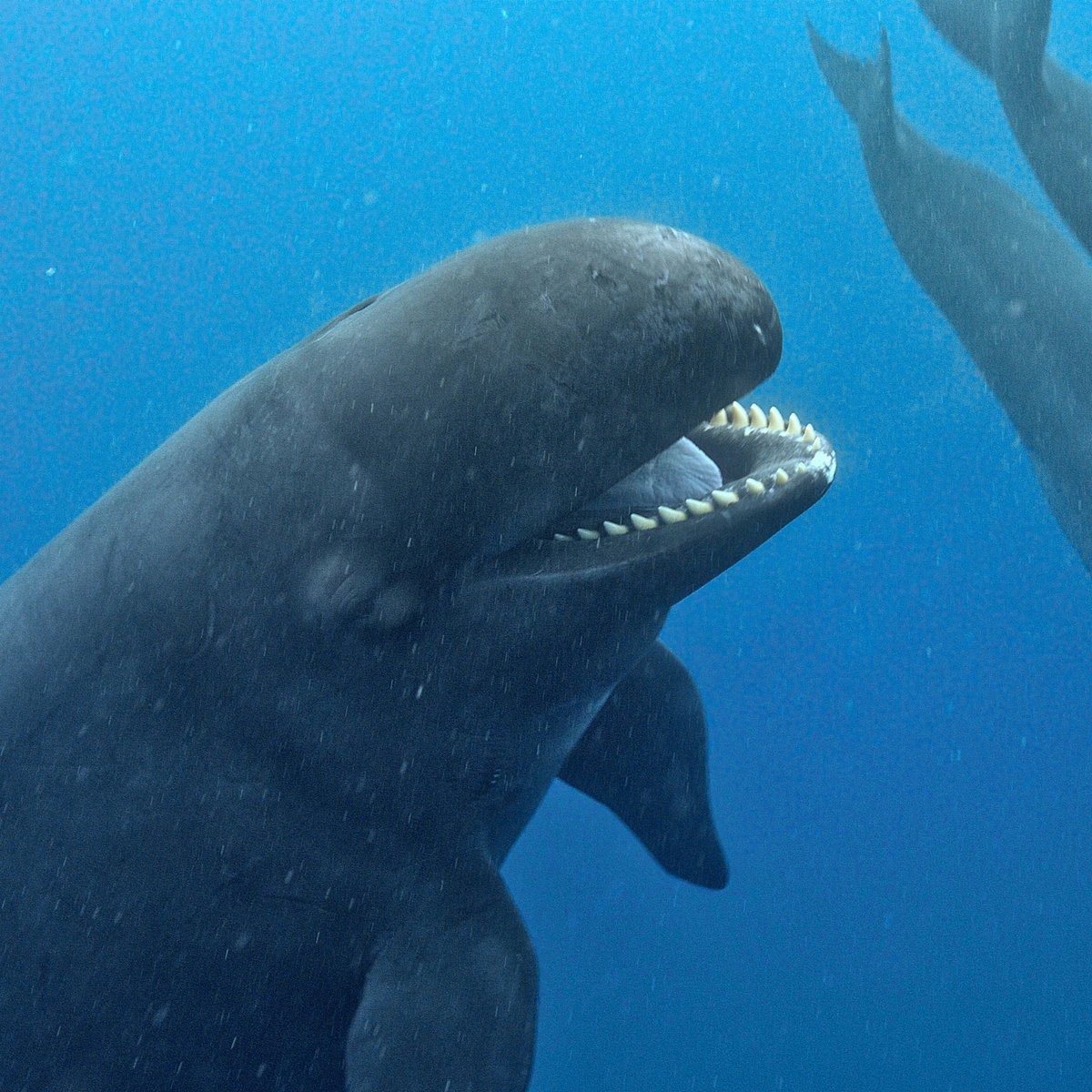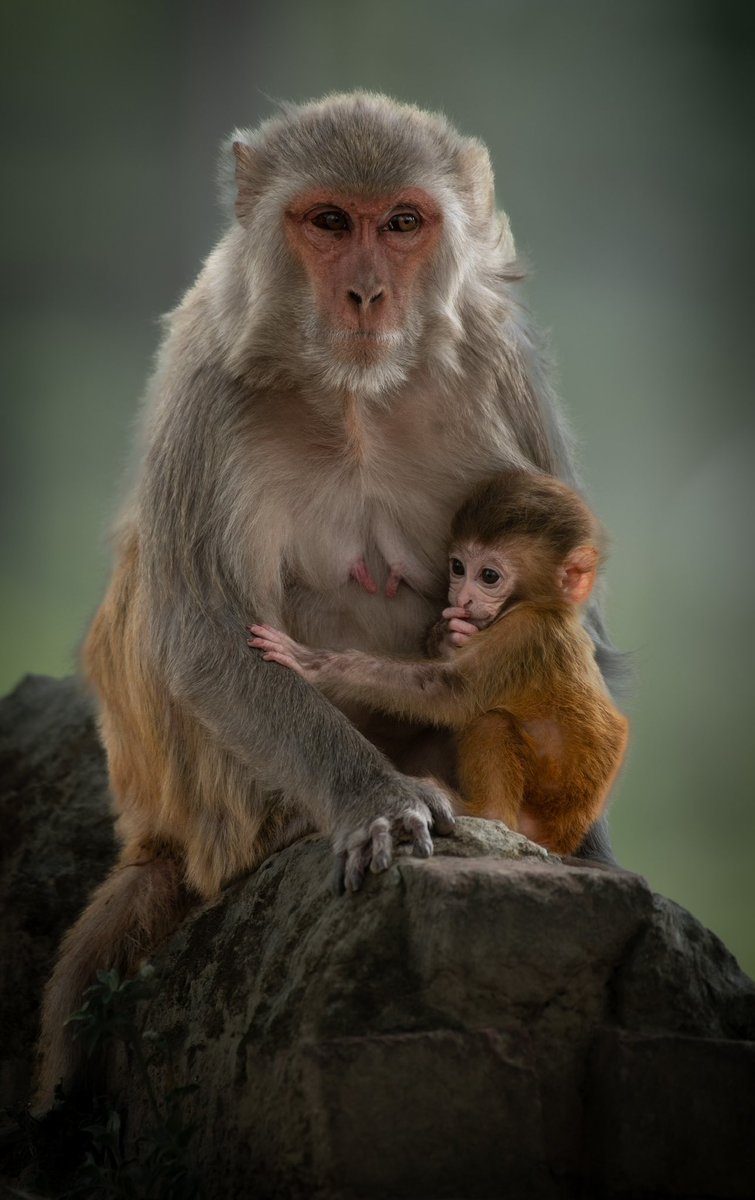

The #northernlights returned to #somerset
#AuroraBorealis #aurora #astrophoto graphy #astrophoto
ClevedonPier BBC Breakfast BBC Bristol ITV News West Country National Geographic UK Photographing Space BBC Earth BBC The Sky at Night Astronomy Now Sky & Telescope Sony UK Sigma Imaging UK Benro UK Astronomy Picture Of the Day


Could deforestation trigger the next pandemic? 🌳
James Ashworth explores how forests can act as our first line of defence against diseases that could trigger the next pandemic. #OurPlanetEarth
bbcearth.com/news/could-def…

Till death do us part 🧡
Puffins are known for their monogamous nature. They reinforce their connection with the same mate by gently rubbing their bills together.
#EarthCapture by Ísak Aron Víðisson via Instagram
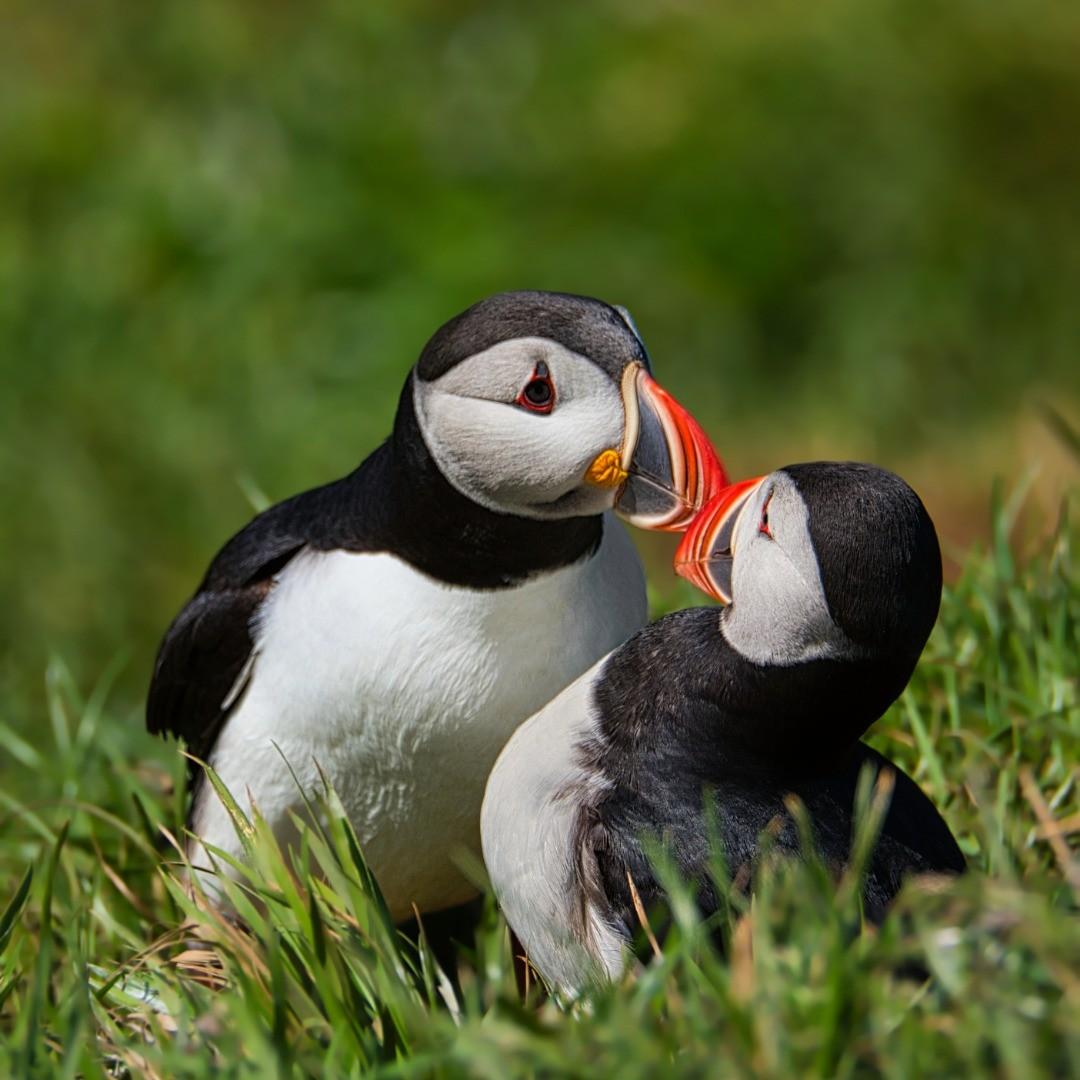

What’s on my plate this morning..? | Steppe eagle | Masai Mara | Kenya
#ForestKingdom #steppeeagle #BirdWatching #masaimarareserve #earthcaptures #birdsphotography #animalkingdom #aves #global4nature #explorewildlife #bownaankamal #eagle #earthinfocus #bbcearth …


Azure Enchantment: The Distinctive Beauty of the Verditer Flycatcher!
Mohan Pargaien IFS🇮🇳 Nikon UK & Ireland #indiaves RSPB #ThePhotoHour #BBCWildlifePOTD Animal Planet Discover Korea BBC Wildlife NikonUSA #natgeoindia BBC Earth #BirdsOfTwitter Discover Magazine #BirdsSeenIn2024 #birds
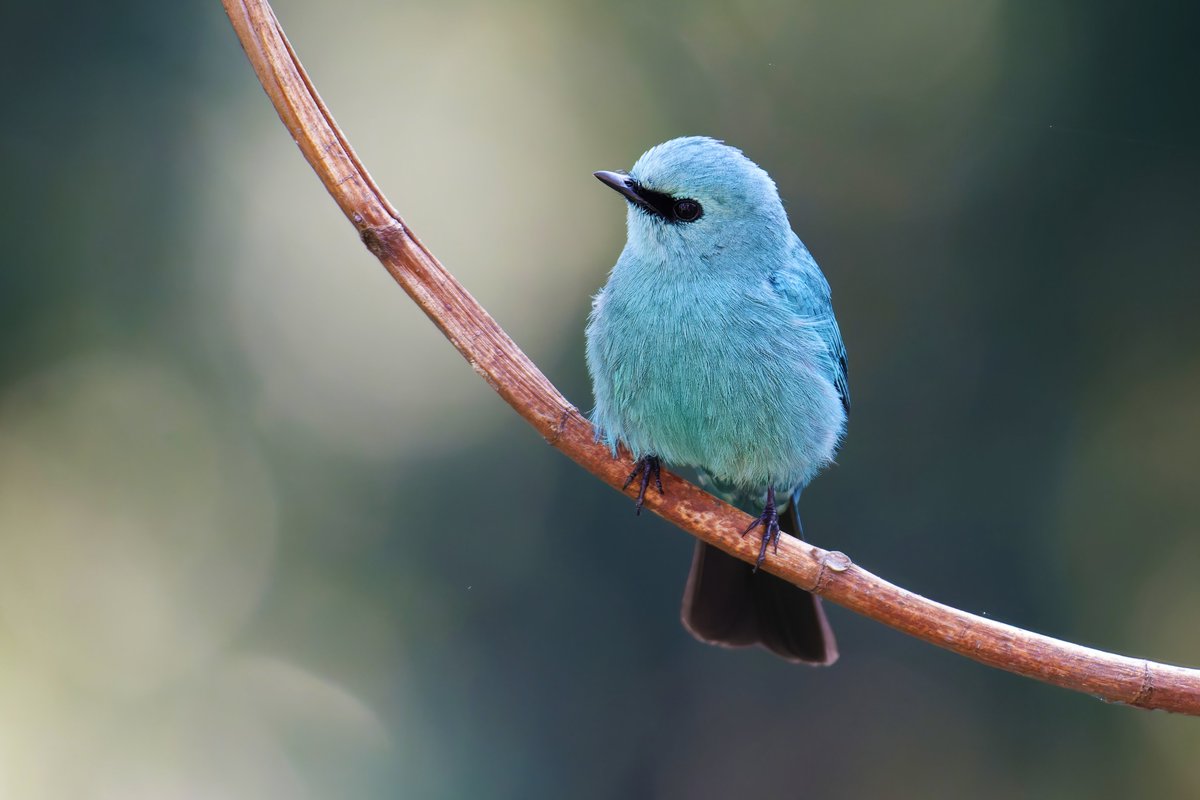

Yellow-footed Green-Pigeon
Bhondsi, Haryana, India
#BirdsOfX #birding #ThePhotoHour #BirdsSeenIn2024 #BirdsUp #birds
@natgeo BBC Earth Animal Planet National GeographicPhotos NatGeoTravellerIndia Nat Geo WILD
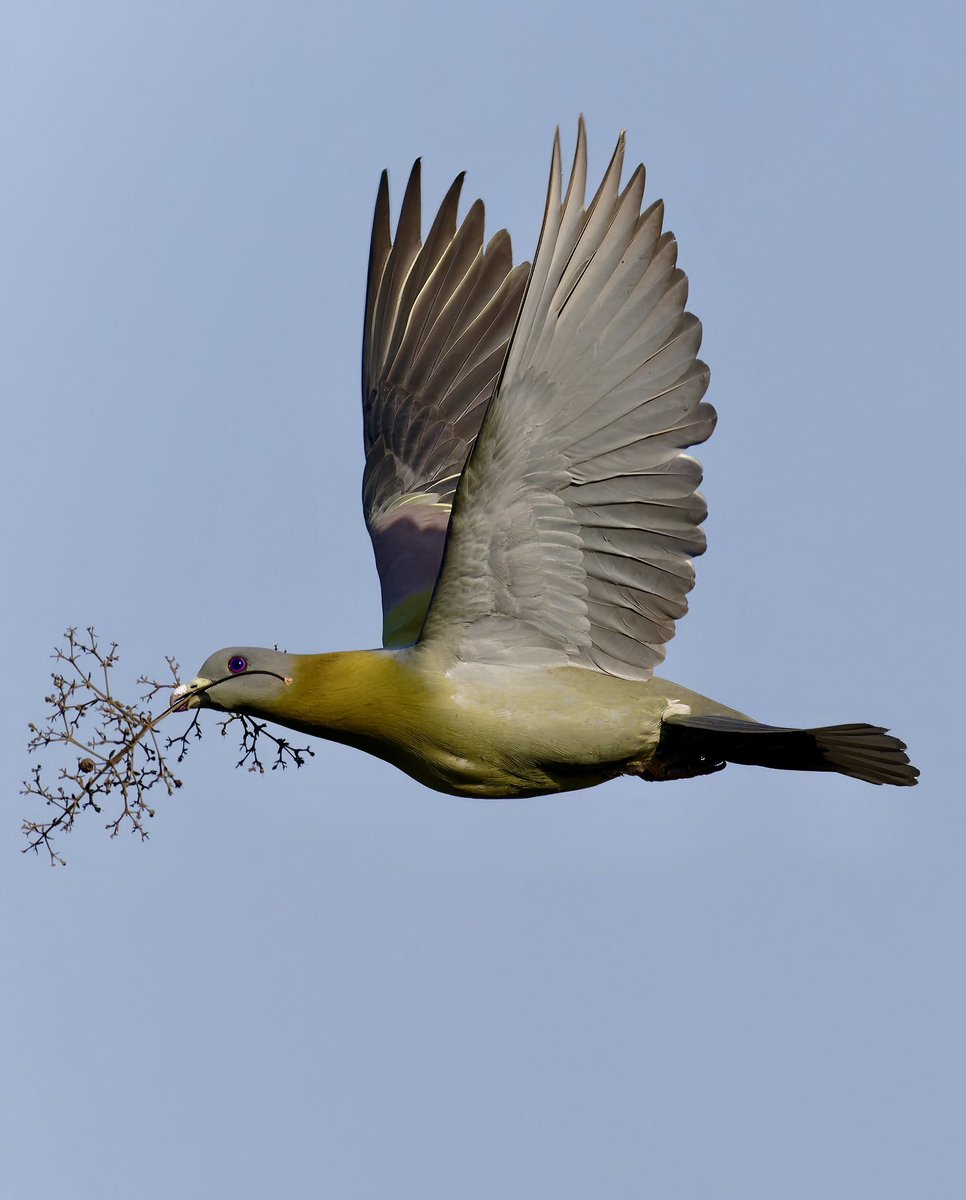

Tickle time! 🙊
Chimpanzees can communicate and tease each other through tickling. This causes chimpanzees to laugh, meaning that tickling may be the evolutionary root of human laughter as well as our sense of humour.
#EarthCapture by Ramesh S. Krishnamurthy via Instagram
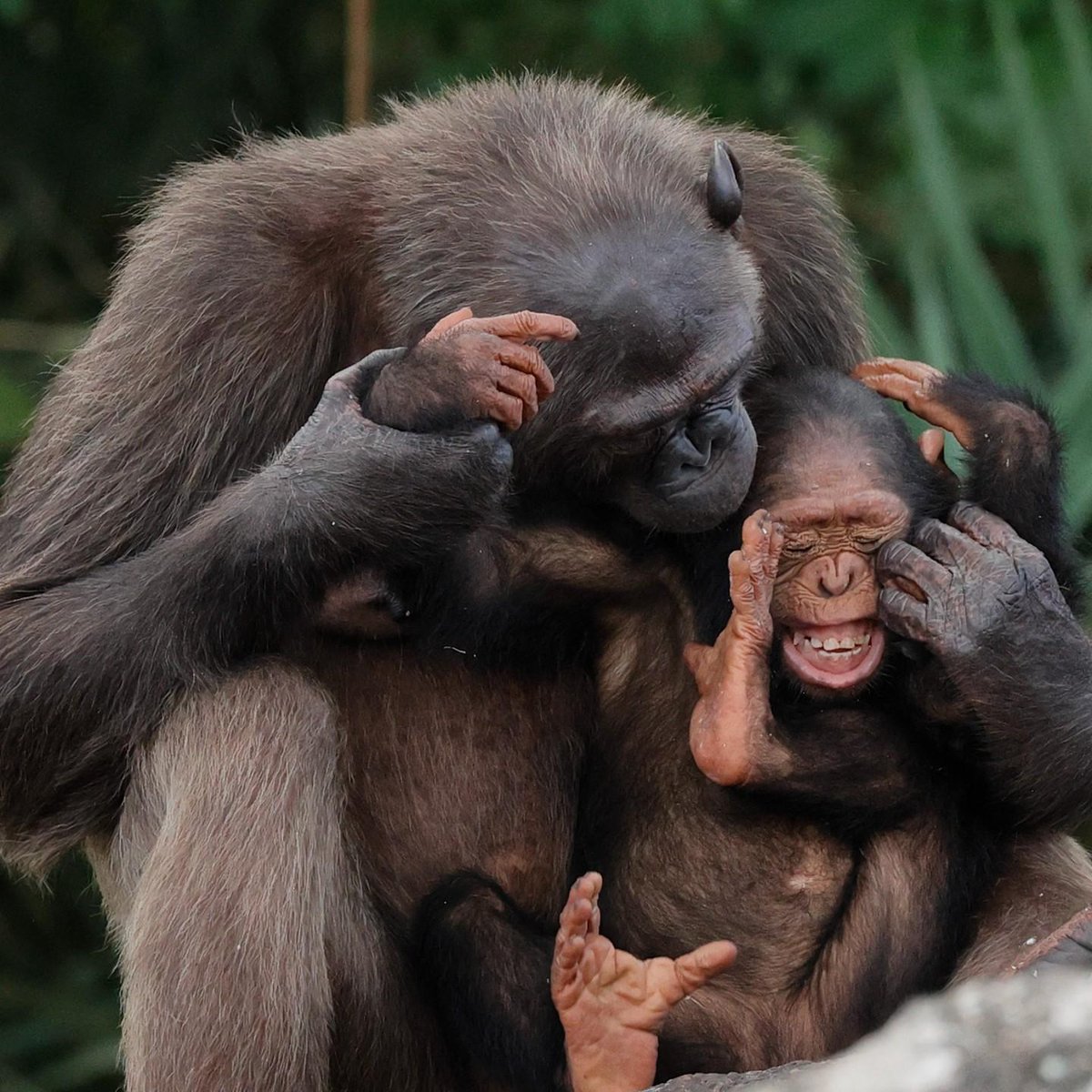


Radiant Encounter: Discovering the Golden-Breasted Fulvetta
Mohan Pargaien IFS🇮🇳 Nikon UK & Ireland #indiaves RSPB #ThePhotoHour #BBCWildlifePOTD Animal Planet Discover Korea BBC Wildlife NikonUSA @natgeoindia BBC Earth #BirdsOfTwitter Discover Magazine Cornell Lab #BirdsSeenIn2024 #birds
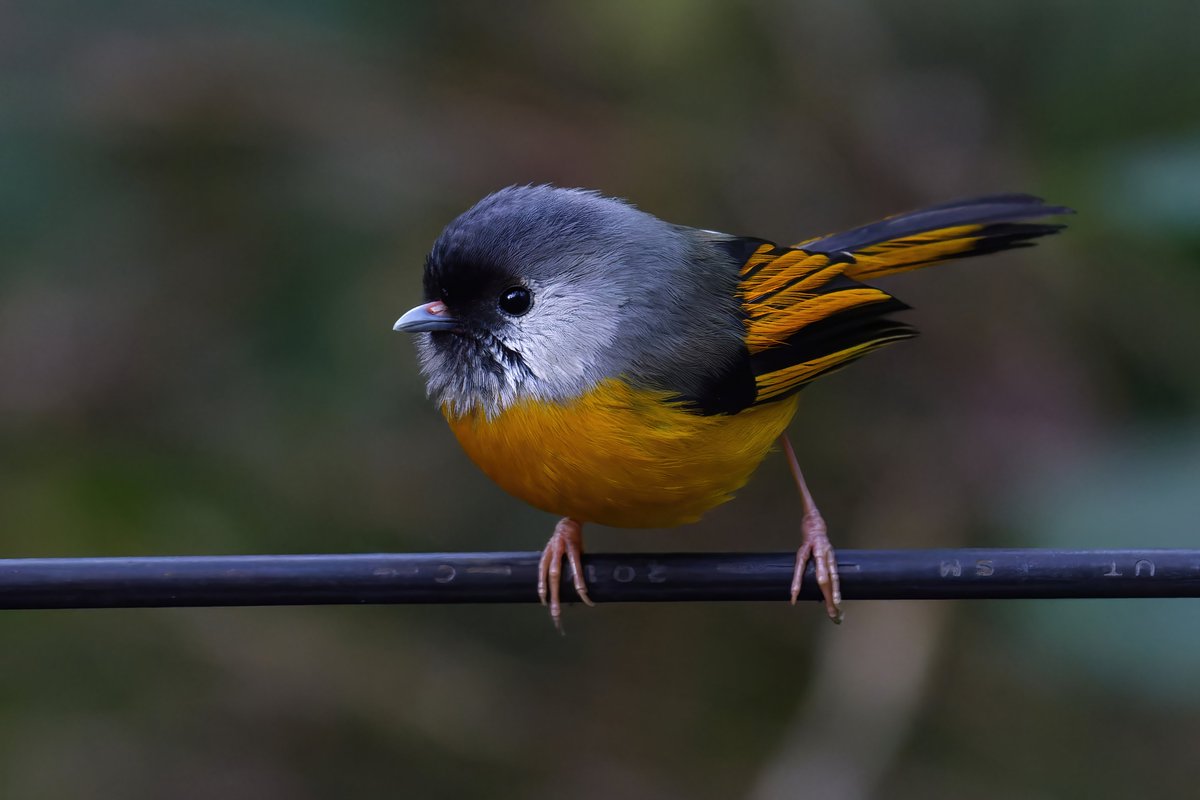

THE WATCHER of TWILIGHT!🦉
#brownboobook Mohan Pargaien IFS🇮🇳 Nikon UK & Ireland #indiaves RSPB #ThePhotoHour #BBCWildlifePOTD Animal Planet Discover Korea BBC Wildlife NikonUSA @natgeoindia BBC Earth #BirdsOfTwitter Discover Magazine Cornell Lab #BirdsSeenIn2024 #nikonindia #owls
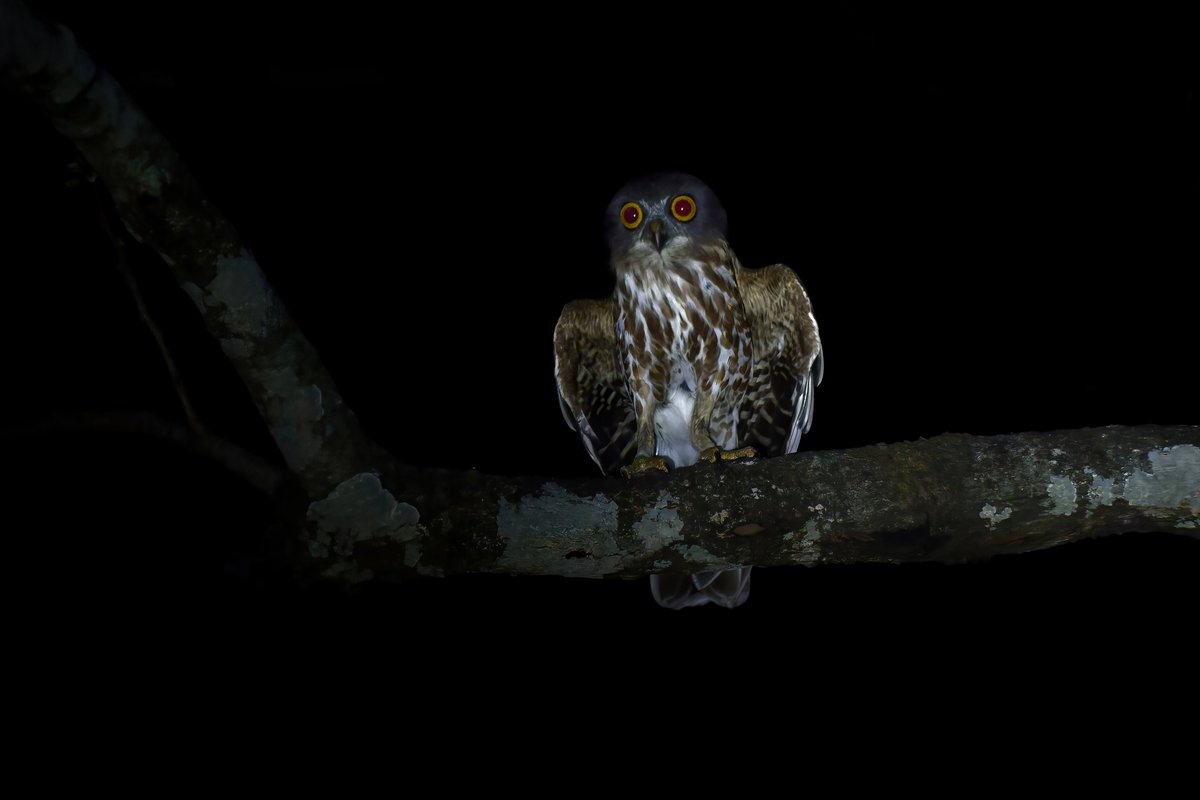

Vibrant Mimicry: The Orange-Bellied Leafbird's Colorful Symphony!
Mohan Pargaien IFS🇮🇳 Nikon UK & Ireland #indiaves RSPB #ThePhotoHour #BBCWildlifePOTD Animal Planet Discover Korea BBC Wildlife NikonUSA @natgeoindia BBC Earth #BirdsOfTwitter Discover Magazine Cornell Lab #BirdsSeenIn2024


A trip down memory lane - a carefree Riddhi 😀😀
Shot in June’22
.
.
.
National Tiger Conservation Authority Nat Geo Photography @NatGeo Nat Geo India BBC Earth Ranthambhore Tiger Reserve Sanctuary Asia Nature inFocus
WCS-India
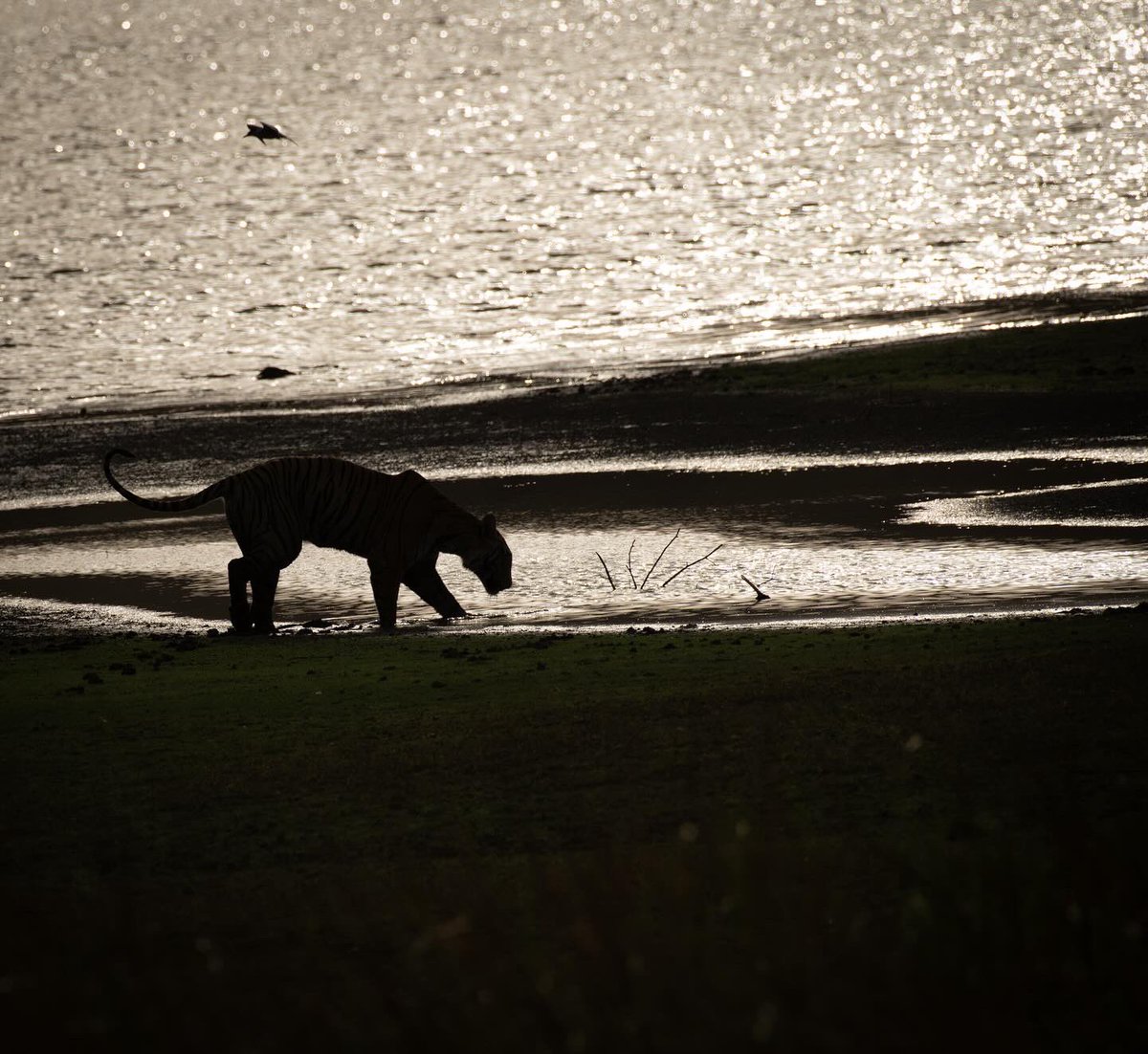

Legend Lolparpit Never to be Forgotten | Olare Motorogi | Kenya
.
.
#lolparpit #lionsofmasaimara #mammalwatching #masaimarabigcats #destinationearth #lionsofmara #africansavannah #africanecosystem #bownaankamal #bigcatsofafrica #maasaimara #bbcearth magazine #junglevibes #bbcearth …
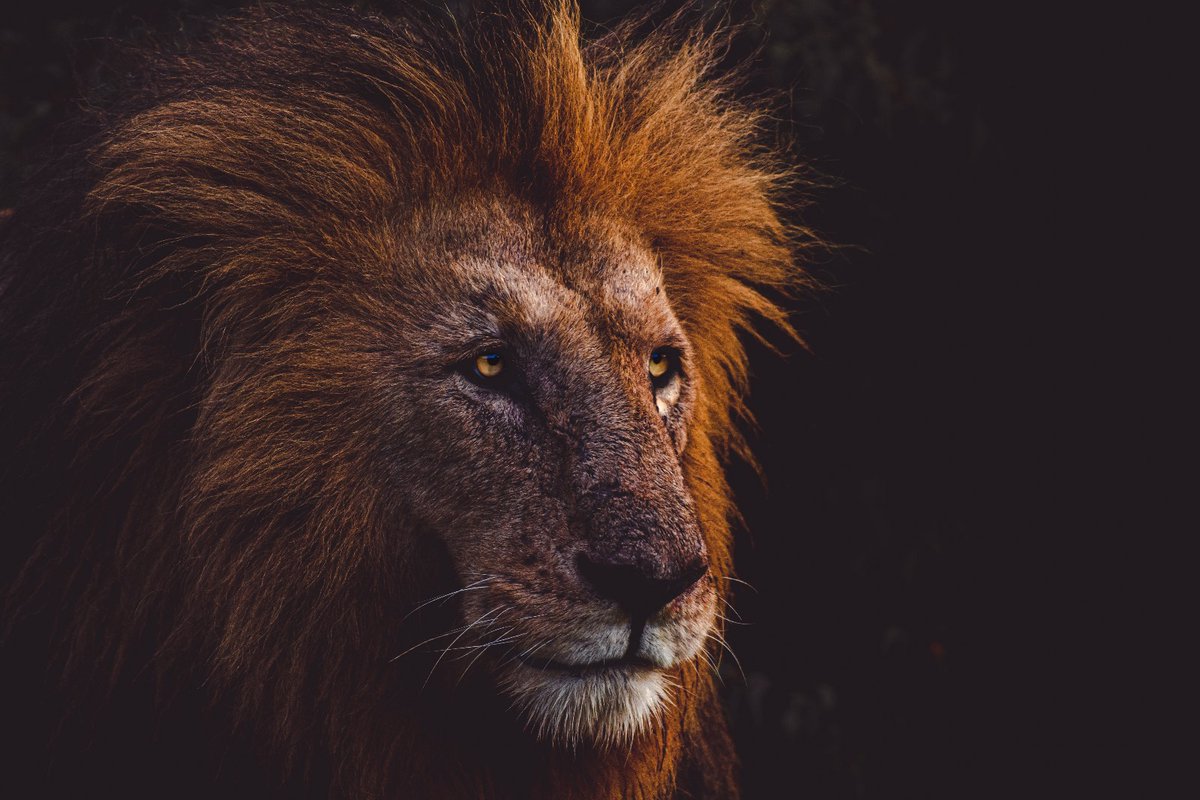

In Pursuit of the Elusive: Capturing the Aberrant Bush Warbler!
Mohan Pargaien IFS🇮🇳 Nikon UK & Ireland #indiaves RSPB #ThePhotoHour #BBCWildlifePOTD Animal Planet Discover Korea BBC Wildlife NikonUSA @natgeoindia BBC Earth #BirdsOfTwitter Discover Magazine Cornell Lab #BirdsSeenIn2024


Unveiling the Mystique of the Himalayan Wood Owl!🦉
Mohan Pargaien IFS🇮🇳 Nikon UK & Ireland #indiaves RSPB #ThePhotoHour #BBCWildlifePOTD Animal Planet Discover Korea BBC Wildlife NikonUSA @natgeoindia BBC Earth #BirdsOfTwitter Discover Magazine Cornell Lab #BirdsSeenIn2024 #owls #raptors
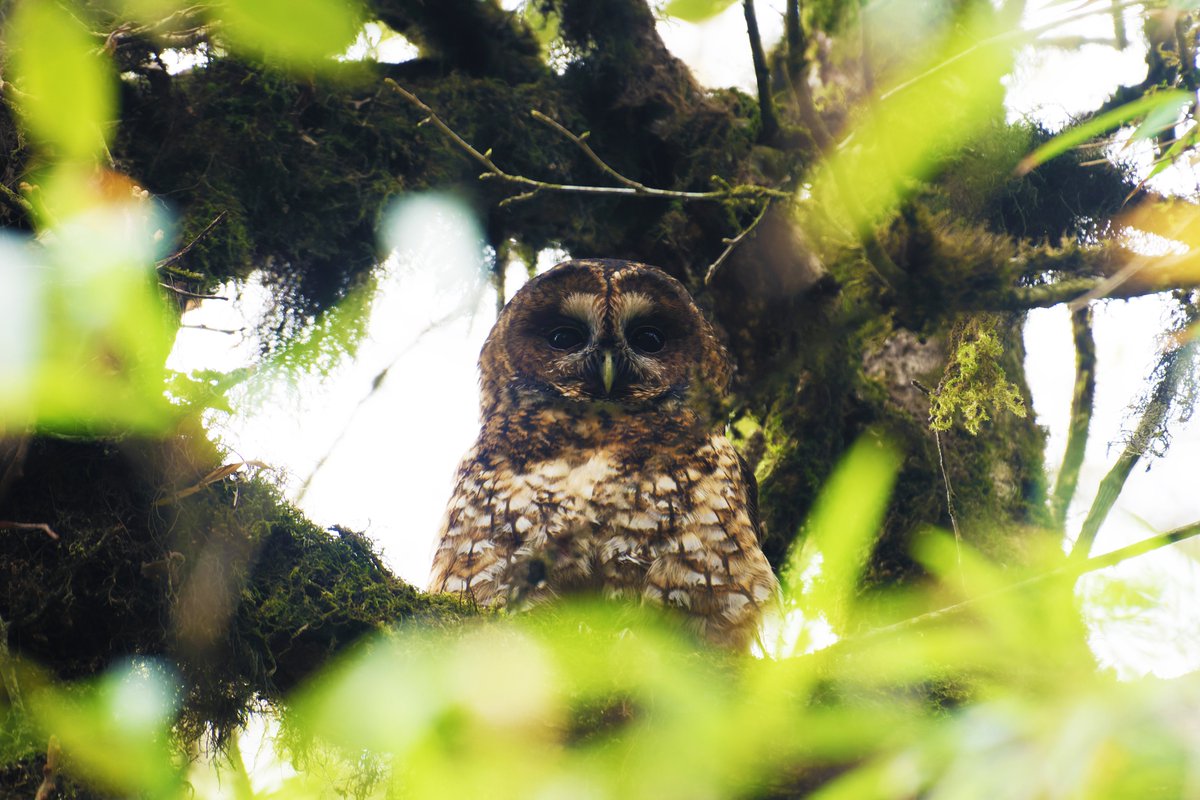

Distinctive Traits of the Rufous-Fronted and Black-Throated Bushtits!
Mohan Pargaien IFS🇮🇳 Nikon UK & Ireland #indiaves RSPB #ThePhotoHour #BBCWildlifePOTD Animal Planet Discover Korea BBC Wildlife NikonUSA #natgeoindia BBC Earth #BirdsOfTwitter Discover Magazine #BirdsSeenIn2024 #birds
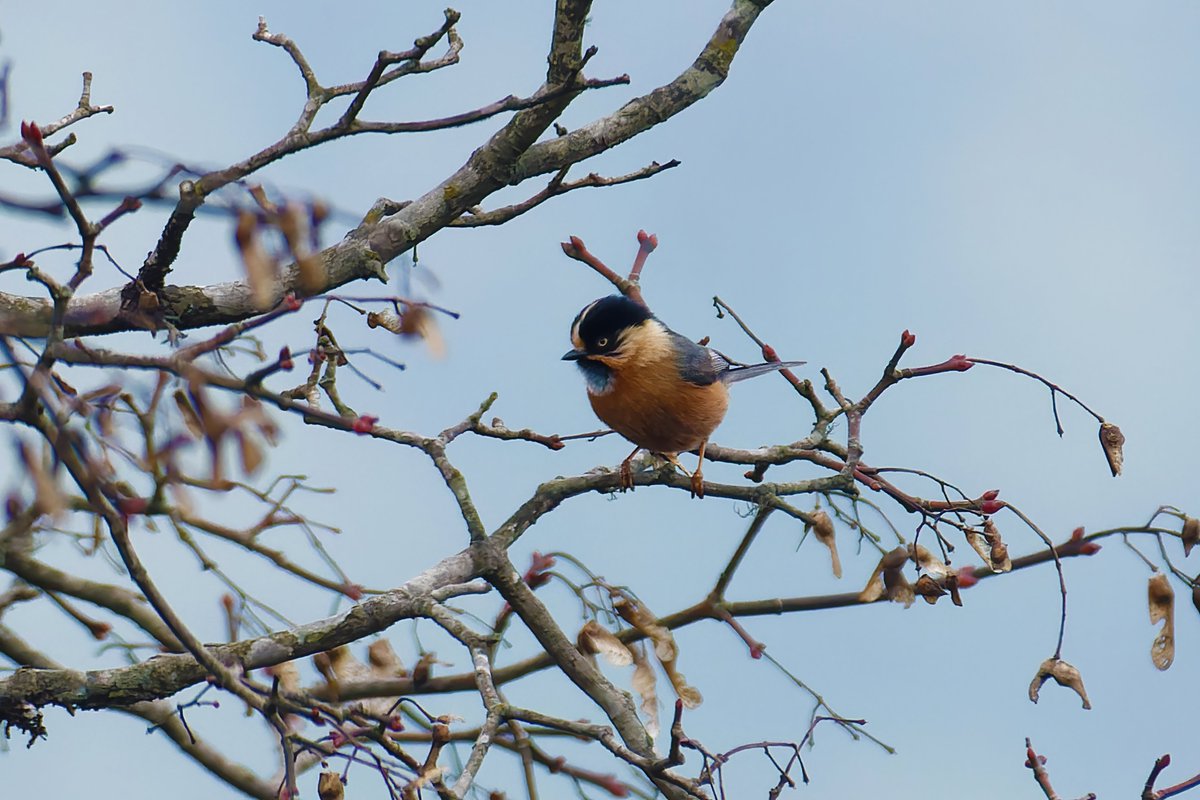

The Dark-Breasted Rosefinch: Habitat, Appearance, and Behavior!🐦
Mohan Pargaien IFS🇮🇳 Nikon UK & Ireland #indiaves RSPB #ThePhotoHour #BBCWildlifePOTD Animal Planet Discover Korea BBC Wildlife NikonUSA #natgeoindia BBC Earth #BirdsOfTwitter Discover Magazine #BirdsSeenIn2024 #birds #finch


Blackbuck - Male
Velavadar Blackbuck National Park
#natgeoyourshot
#natgeoindia
#canonindia
#canonphotography
#canonphotographers
#BBCWildlifePOTD
#bbcearth
#IncredibleIndia
#gujarattourism
#photographylovers
#photooftheday
#wildlifephotography
#India
